Shutter speed and motion blur
After having learned about camera exposure in general and aperture, shutter speed is the next element we are going to discuss. Here, the naming itself is a bit confusing. The term doesn't refer to any speed at all.
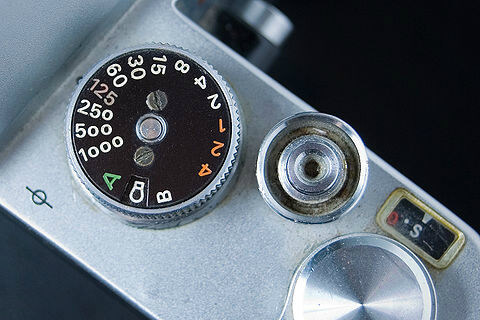
You may want to rotate your phone in order to improve your browsing experience on this site.
Understanding shutter speed
The setting denotes the duration, or the time, of an exposure. This is the time during which the medium in your camera, e.g. the sensor or the film, will be exposed to light.
The term is inasmuch misleading, as increasing the speed usually implies reducing the time. "Double shutter speed", however, might actually mean "twice the exposure time". Pay special attention to the context to avoid surprises.
The amount of light contributing to the exposure value increases proportionally to the time. Thus, doubling the time will result in the double exposure (increasing it by 1 EV, or 1 stop), and halving it will reduce the exposure by a factor of 2 (or by 1 EV, or 1 stop). The common settings include:
1/1000s, 1/500s, 1/250s, 1/125s, 1/60s, 1/30s, 1/15s, 1/8s, 1/4s, 1/2s, 1s, 2s, 4s
You can easily extend the sequence on both ends. Latest camera models are capable of exposure times down to 1/8000s.
As with apertures, it is common to show fraction numbers as inverted values, e.g. 125 for 1/125s. In such cases, durations over 1s are additionally accompanied by a sign for seconds ("). Thus, 4 will refer to 1/4s, while 4" will denote an exposure time of 4 seconds.
For a hand-held camera, the time of exposure is understandably limited by your ability to keep the camera stable. As a rule of thumb, this time in seconds is approximately equal to the inverted focal length in mm of the lens attached to the camera. For example, a 50mm lens without image stabilisation will still produce sharp images at 1/60s, while a 200mm lens will "keep quiet" just up to 1/250s. IS adds about 2-3 stops to this estimate, depending on the lens, allowing for times around 1/8s in the former and 1/30s in the latter case (verify if I'm correct!)
Time and blur
Exposure time has the most prominent effect on the appearance of moving subjects in the image. The faster your motif moves during the exposure and the closer it is to the camera, the more prone it is to motion blur.
This is quite easy to explain. A racing car moving at 250km/h (around 160mi/h) covers almost 70m every second. It means over 55cm (22") during an exposure with 1/125s. An image of the car taken by a steady camera with this setting will turn out rather blurry. Choosing a (much) shorter exposure and additionally following the car with the camera while actually taking a picture will ensure its sharp rendering.
Moving the camera during the exposure will also add blur to the background and additional dynamic to your image.
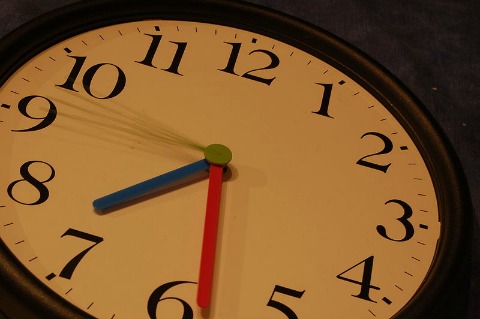 4s long exposure made the pace of time visible in this image
4s long exposure made the pace of time visible in this imageWikimedia Commons
Sport, action and industrial photography are the most common areas where "frozen" movement is the usual form. By contrast, many landscape photographers seek to introduce motion blur to their images of moving clouds, flowing water, or falling snow. Slow shutter speeds aka long exposure times required to achieve this effect call for a tripod under your camera. If you'd rather freeze your waterfalls, choose exposure times below 1/250s.
Tags: #shutterspeed #cameraexposure #photographylessons
Other articles on camera exposure
- Aperture and depth of field
- Learn what aperture is, and how its different settings can change the look of your images.
- Shutter speed and motion blur
- Learn how exposure time can add dynamic and movement to your images.
- ISO and digital noise
- Learn how photo noise is related to your chosen ISO value.
- Metering modes
- Understand different metering modes and when to use them.
- Exposure compensation and bracketing
- Learn how to overcome shortcomings of your camera's automatic exposure metering.
- The sunny 16 rule and manual exposure
- Measure up to your camera and take exposure in your own hands with this simple and easy to follow rule.
Tell me what you think!
Is it useful 👍? Awful 👎? Leave a message! Your comments help make this site better (and give me a kick—one way or another).
Popular articles
-
A kind of magic
If a digital picture has to be seen in the real world, printed on a real medium and displayed in a real showcase, its transition from RAW to real is better done in an old school image editor. Enter A…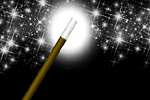
-
A duck for a dog
If you got your own place on the Internet, helping your visitors find what they are looking for is a great way to engage them and keep them staying a bit longer. A custom site search can achieve just …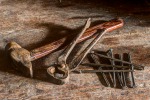
-
"Might as well have the best"
Aiming for better images? Think better lenses! This is your most important piece of gear, so you better get it sorted out. — Need some advice?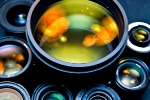
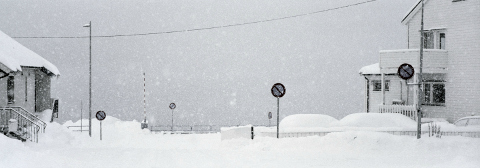
 Become a patron for
Become a patron for